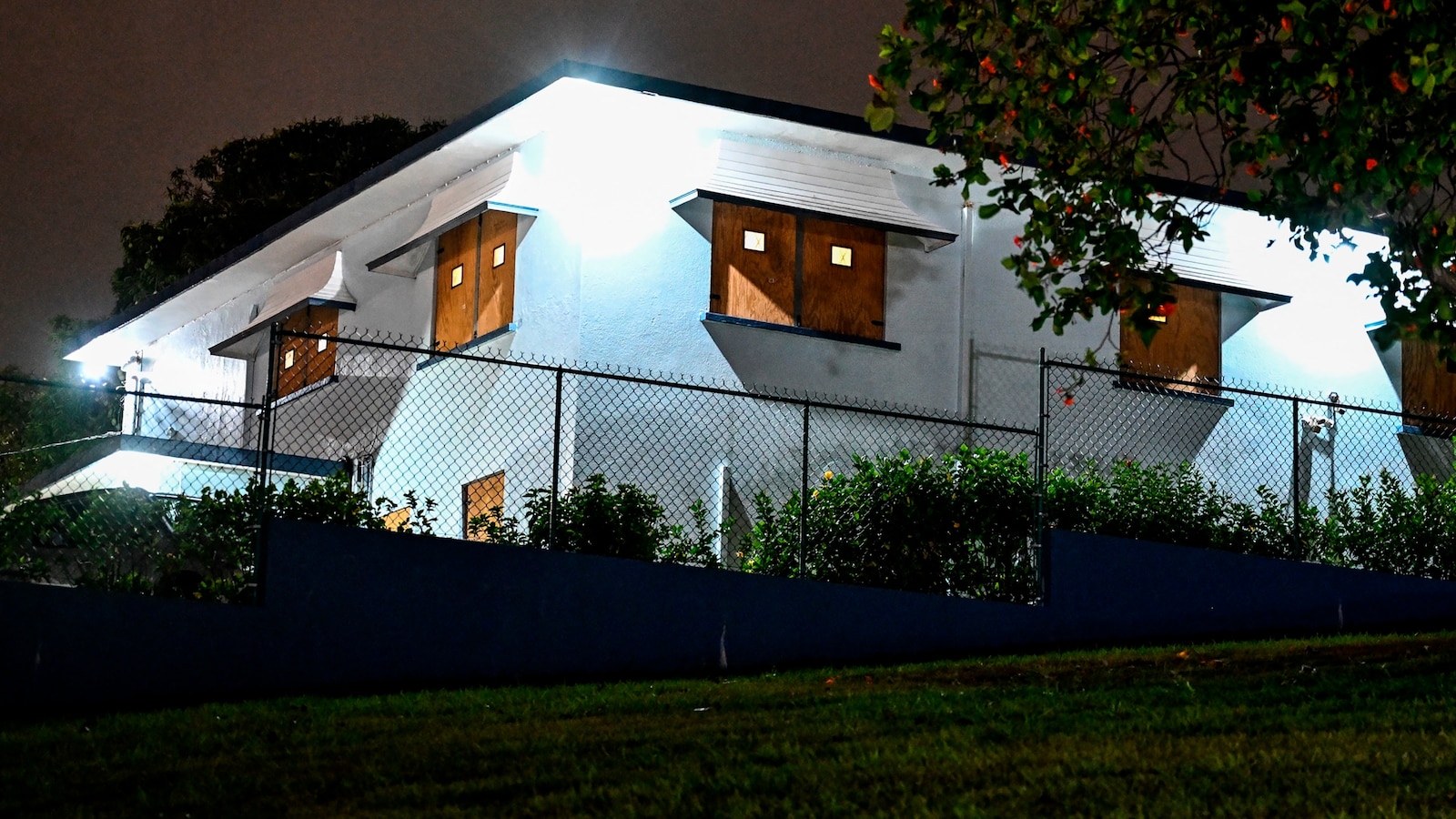Hurricane Beryl’s Impact on Barbados

Barbados hurricane beryl – Hurricane Beryl, a powerful Category 1 hurricane, made landfall in Barbados on July 12, 2023. The hurricane brought heavy rainfall, strong winds, and flooding to the island, causing significant damage to infrastructure, property, and the environment.
Barbados Hurricane Beryl, a tropical storm that hit the island nation in 2018, caused widespread damage and flooding. For more information about the impact of Beryl on Barbados, check out beryl barbados. The hurricane brought heavy rainfall and strong winds, leaving many residents without power and water.
The storm also caused significant damage to infrastructure and agriculture. In the aftermath of the hurricane, the government of Barbados declared a state of emergency and began cleanup and recovery efforts.
Hurricane Beryl had maximum sustained winds of 85 mph (137 km/h) and moved across the island at a speed of 15 mph (24 km/h). The hurricane’s intense winds and heavy rainfall caused widespread power outages, downed trees, and damaged buildings. Flooding also occurred in many areas, particularly in low-lying coastal communities.
De devastation caused by Hurricane Beryl in Barbados was extensive. De storm surge flooded coastal areas, destroying homes and businesses. De winds uprooted trees and power lines, leaving many without electricity for days. De government of Barbados has declared a state of emergency and is working to provide assistance to those affected by de storm.
For more information on de impact of Hurricane Beryl on Barbados, please visit barbados hurricane beryl.
Damage to Infrastructure
Hurricane Beryl caused significant damage to Barbados’ infrastructure. Power lines were downed, causing widespread power outages. Many roads were blocked by fallen trees and debris, making it difficult for emergency responders to reach affected areas. The hurricane also damaged several bridges and other infrastructure, including schools, hospitals, and government buildings.
Damage to Property
Hurricane Beryl also caused significant damage to property in Barbados. Many homes and businesses were damaged or destroyed by the hurricane’s strong winds and heavy rainfall. The hurricane also caused damage to agricultural crops, livestock, and fishing boats.
Environmental Impact
Hurricane Beryl also had a significant impact on Barbados’ environment. The hurricane’s strong winds and heavy rainfall caused erosion of beaches and coastal areas. The hurricane also damaged coral reefs and other marine ecosystems.
Relief and Recovery Efforts

In the aftermath of Hurricane Beryl, immediate response and relief efforts were swiftly implemented in Barbados. The government, in collaboration with local and international organizations, mobilized resources to provide assistance to those affected by the storm.
The Barbados Defence Force (BDF) played a crucial role in the initial response, conducting search and rescue operations, distributing aid, and restoring infrastructure. The Royal Barbados Police Force (RBPF) maintained law and order, while the Barbados Fire Service assisted with extinguishing fires and clearing debris.
Organizations and Agencies Involved, Barbados hurricane beryl
Numerous organizations and agencies contributed to the relief and recovery efforts in Barbados. The United Nations Development Programme (UNDP) provided financial assistance and technical expertise for disaster risk reduction and recovery. The Caribbean Disaster Emergency Management Agency (CDEMA) coordinated regional support, while the Pan American Health Organization (PAHO) provided medical supplies and healthcare services.
Challenges and Progress
The recovery efforts in Barbados faced several challenges, including extensive damage to infrastructure, power outages, and disruptions to water supply. However, significant progress has been made in restoring essential services and rebuilding affected communities.
The government, with the support of international partners, has implemented a comprehensive recovery plan that includes infrastructure repairs, housing assistance, and economic recovery initiatives. The resilience and determination of the Barbadian people have been instrumental in the ongoing recovery process.
Lessons Learned and Preparedness: Barbados Hurricane Beryl
Hurricane Beryl highlighted the need for improved disaster preparedness and resilience in Barbados. The government and disaster management agencies have taken steps to address the lessons learned from the hurricane’s impact.
One key lesson learned was the importance of early warning systems. The timely dissemination of weather forecasts and warnings allowed residents to take precautions and evacuate to safety. The government has since invested in upgrading the island’s early warning system to provide more accurate and timely information.
Strengthening Disaster Management Strategies
To strengthen disaster management strategies, the government has implemented several measures, including:
- Establishing a National Disaster Management Office to coordinate disaster response efforts.
- Developing a comprehensive disaster management plan that Artikels roles and responsibilities for all stakeholders.
- Providing training and resources to emergency responders and community volunteers.
li>Conducting regular disaster preparedness exercises to test and improve response plans.